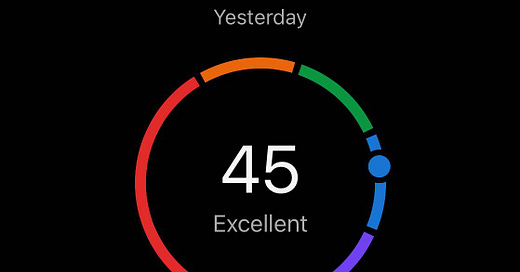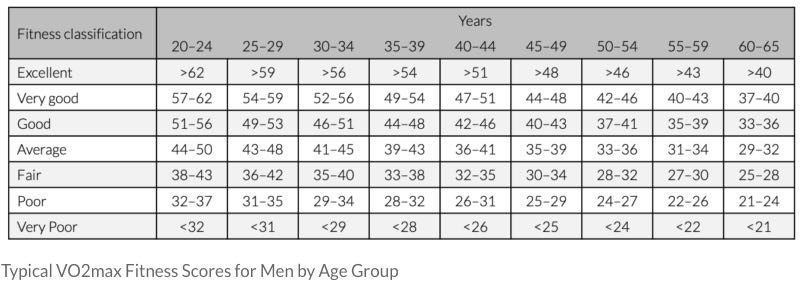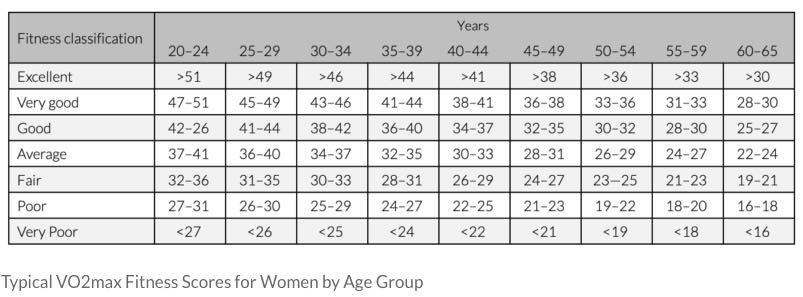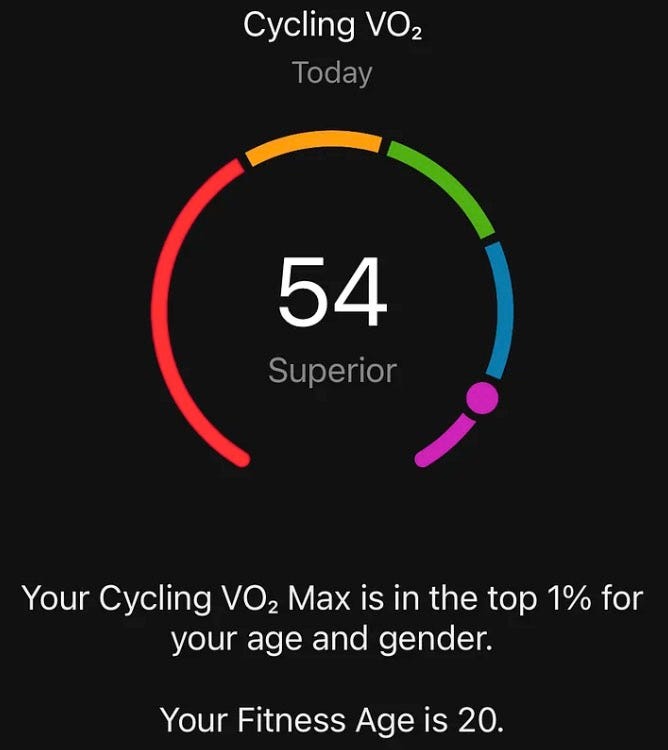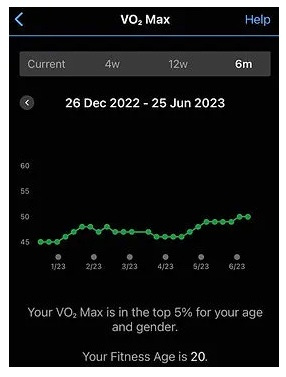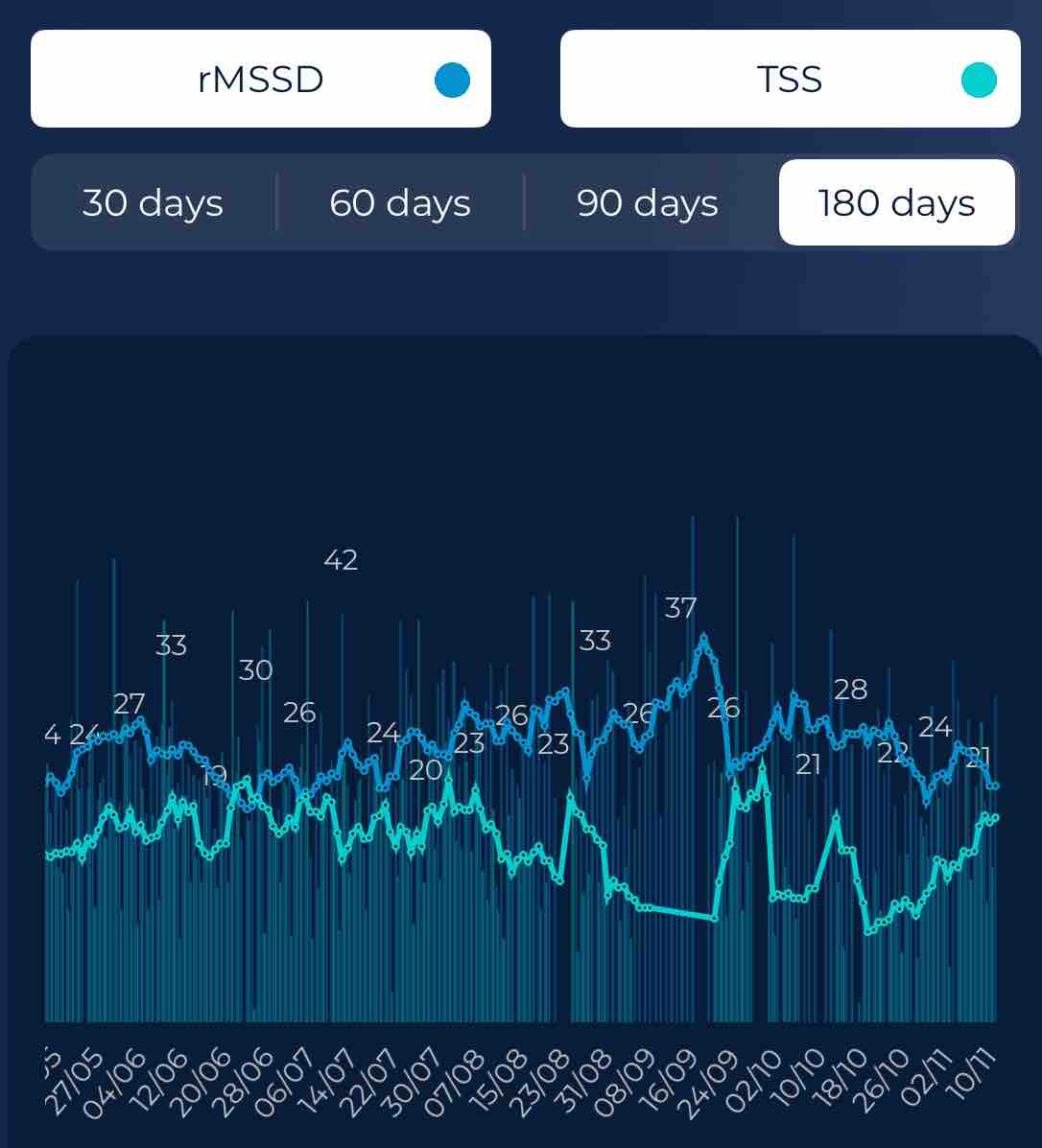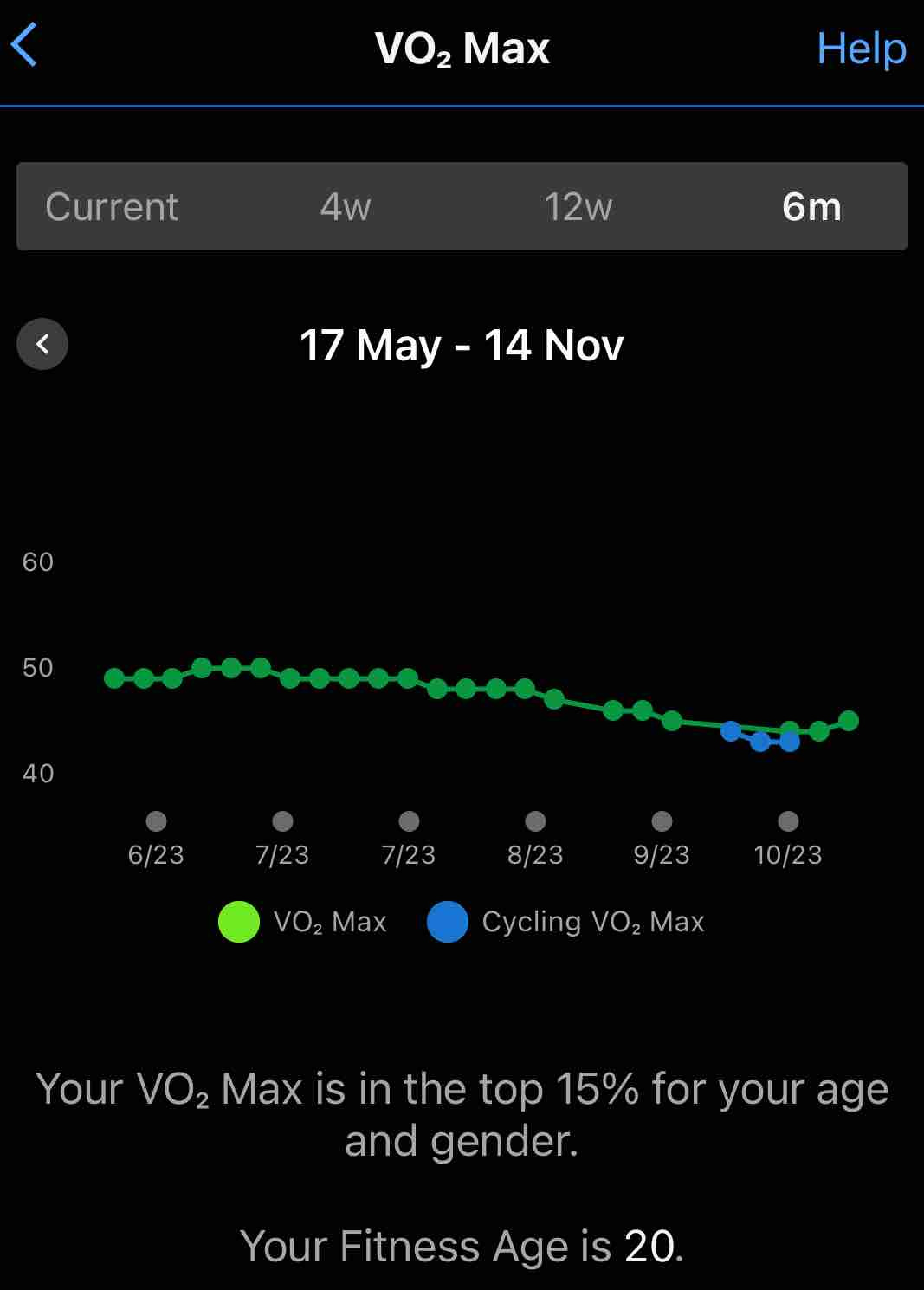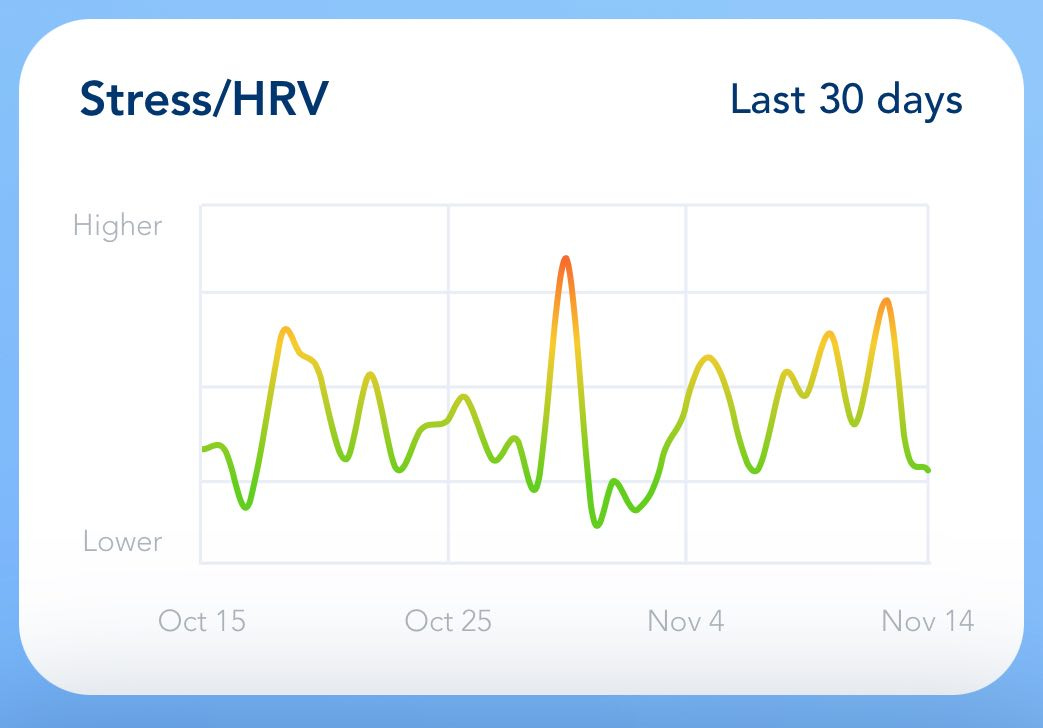How to cut your fitness age by 25 years?
Also how exercises in BreathNow app help you to improve health and longevity
What if I told you that there is a magic pill which slows aging and I actually tried it? You would have laughed at me and rightfully so. However, there is actually a scientifically proven way to slow aging. I tried it and it worked. For a certain time. Then it stopped. Here is what has happened and why I am taking a second shot at it.
What is VO2max and why should you care?
“Peak aerobic cardiorespiratory fitness, measured in terms of VO2Max, is perhaps the single most powerful marker for longevity. VO2Max represents a maximum rate at which a person can utilize oxygen “ Peter Attia, MD, a host of the popular podcast The Drive [1].
Here is also a quote from the research paper which followed up patients for 46 years [2].“Cardiorespiratory Fitness (measured by VO2max) was significantly related to longevity over 4 decades in middle-aged, employed men ….the benefits of higher midlife Cardiorespiratory Fitness extend well into the later part of life. “
There is also a study [3] which shows that higher VO2Max is linked to better ability to manage blood pressure. Here is the conclusion from this research. “It is concluded that low VO2max level is related to higher incidence of hypertension. An improved VO2max would therefore be able to prevent hypertension. “
How does VO2max change with age?
The VO2max by age chart [4] shows that on average we lose 1% of VO2max per year. The picture is approximately the same for women, except that women tend to have on average lower VO2max than men.
As we age, we generally see the speed of our aerobic activities (like running or cycling) decreasing. That is if we do nothing about it. How to slow aging? Increase your VO2max.
Can you actually increase VO2Max?
Definitely! Though VO2Max is strongly linked to someone’s genetics, scientists say that it is never too late to work on improving your VO2Max.
Consider my personal example. I started performing High Intensity Interval Training (HIIT) at 48 when I was diagnosed with high blood pressure and my doctor suggested that I should try these workouts. I started from slow breathing and brisk walking as I have never exercised much. Over the next few months I realized that I am making some positive progress with my blood pressure and I started my first HIIT workouts which target VO2Max. This strategy worked beautifully for me and my hypertension was gone in less than a year.
I did a standard VO2Max test (so called VO2Max gas analysis test) for the 1st time in my life when I was 50 years old. My test result was 34, which, as you can see in the table above, is an average number for men of my age. At the same time the VO2Max estimate produced by my Garmin smartwatch was 35 which was certainly close enough for my needs.
I integrated the VO2max protocol into my training and it peaked at 54 in January 2021. I was 57 at that time. As you can see in the table above this is considered by the medical community as ‘Excellent’ for men of my age.
For a number of reasons I have not trained much in 2021 and first half of 2022. My VO2max gradually reduced to 48 by September 2022. Then I had a nasty COVID infection and my VO2max dropped to 45 within a few weeks. This COVID infection did knock me out of my usual training routine for the rest of 2022. I returned back to systematic VO2max training in January 2023 and was able to recover it to the 50 level in 6 months (see the graph below). The table above shows that this level is average for 20–24 old men
What is a typical VO2Max training protocol?
The simplest protocol for HIIT VO2Max training is performing intervals of running or cycling at close to maximum heart rate for 30 seconds, then slowing down to a comfortable jog/ride for 30 seconds and then repeating this interval 3–5 times.
As you progress with your HIIT workouts, you may consider increasing the duration of intervals to running at a maximum speed for 1 minute, then resting for 1 minute and repeating this interval 3 times.
This kind of training is intended to stress your cardiovascular system a LOT! Hence I strongly encourage everyone to discuss their potential health limitations with your doctor. Especially if you have a chronic medical condition or have not exercised for a while.
If you get a green light from your doctor, they will also help you to determine your maximum heart rate. A very approximate value of the maximum heart rate can be calculated with this formula: 220-age=max heart rate. For example, for an average 50 year-old-person the maximum heart rate is 170 beats per minute.
Important:
1. Perform this protocol well rested. You should refrain from any intensive workouts and alcohol for at least 24 hours before VO2Max training.
2. Warm up for at least 15 minutes before doing VO2max HIIT. You know that you are ready for your intervals when you are able to bring your heart rate to the max heart rate minus 10 beats/minute for at least 10 seconds.
3. You will benefit from a heart rate monitor (HRM) or a smartwatch with embedded HRM to perform these intervals. Otherwise the level of accuracy may not be sufficient.
Is it that simple?
Unfortunately the process of slowing aging with exercise is not as straightforward as just trying to run or cycle 30 second intervals as fast as you can . As we age, we have to be mindful of other nuances. For example proper recovery, diet and complimentary exercise. Nature reminded me about these nuances this summer in a painful way.
As I was building my training workload (as measured by Training Stress Score (TSS) (emerald line below), my Heart Rate Variability (HRV), (blue line below) which is an inverted proxy of Total Life Stress (TLS), was trending down. The higher the level of TLS, the lower the HRV. It turned out that I did not recover enough between my workouts. The graph below shows that at the end of June I was overtrained and had to drop the training workload
Now, compare it to the VO2Max graph below for the same time period. As you see, I simply could not train hard enough and my VO2Max started to slide. On the positive side, as my workload reduced, my HRV (indicator of recovery) started to improve.
Unfortunately, it was not the end of bad news. I also neglected my protein consumption and did not pay enough attention to stretching exercise. Ultimately these two factors resulted in the injury at the beginning of September. I strained my achilles tendon. I did not train for most of September. I tried to resume training in the beginning of October and had to stop again. It was only in the beginning of November when I was able to start running again.
What’s next?
My personal experience shows that everyone can in fact slow aging and grow their cardiorespiratory fitness as measured by VO2Max. I am on a recovery path right now and my VO2Max at the beginning of November 2023 is 45. As the table above shows this is an average value for a 34 year old. As I am currently 59 this indicates a 25 years fitness age advantage.
As my achilles tendon is getting better, I am planning to gradually increase the intensity of my VO2Max intervals. In fact I plan to write a post for this blog sharing my experience with healing my achilles tendon.
This time however I will be paying much more attention to my readiness for VO2max intervals. I will be closely watching my Total Stress Level (TLS) as measured by HRV and avoid training when my TLS starts approaching the orange/red zone.
See below my example of the HRV screen from our app BreathNow. The good thing is that modern technology allows us to take HRV readings with a phone’s camera (without any other sensors) and do it for free. You just need to follow a certain protocol, which is a rather complex topic and warrants a separate blog post.
I also increased my protein and Omega 3 consumption to make sure that my muscles and tendons get enough building materials to recover between training sessions.
Finally, I increased my yoga and stretching sessions to 3 x 0.5 hours per week to prepare my body for intense VO2Max intervals.
You can get an approximate calculation of your VO2Max by using a free calculator on our site.
Hope you find this post to be useful. Please subscribe to my future posts where I will share my personal experience with staying healthy and energetic during the best years of our life. Would love to hear your feedback and suggestions for future topics. Please provide your comments below. Have a wonderful day!
References:
1. Outlive: the Science and Art of Longevity, Peter Attia, MD
3. Five year prospective study on blood pressure and maximal oxygen uptake

